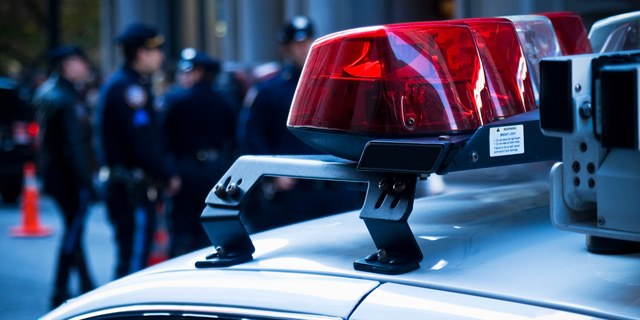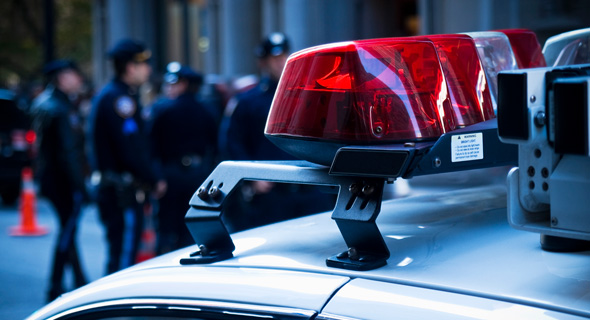
Opinion
How predictive analytics can support effective lockdown management
AI-powered predictive analytics solutions can provide crucial insights to law enforcement teams, allowing them to fairly and effectively enforce lockdown restrictions and back up their decision-making with data
While some restrictions have been lifted in Israel, using technology to prevent another spike in cases by enforcing existing rules will be key. When used responsibly and in an anonymized way, actionable insights from predictive analytics tools can allow for fairer and better-informed decision-making around lockdown enforcement. Here’s how.
Mobile data allows police to foresee transmission hotspots When fed with mobile data, predictive analytics platforms can generate insights that allow the authorities to foresee where hubs of cases may form and where large illegal gatherings are likely to break out. This mobile data comes from various sources, including cell phone towers, Global Positioning System (GPS) signals, Bluetooth beacons, and — in the age of Covid-19 — contact tracing app data. Using past data on population behavior and the kinds of events that might trigger rules-breaking, such as religious festivities, predictive analytics algorithms can help police departments better prepare to deploy resources, with the right equipment, at the right time, and where they’re most needed. While the use of personalized cell phone data to track infected persons was criticized in Israel due to privacy concerns, law enforcement teams can ethically leverage anonymized data to predict problem areas. Location data can also be aggregated to give insights into how effective social distancing measures are in certain locations and identify the transmission hotspots. Ultimately, the focus should be on using this technology for the wellbeing and safety of citizens. Traffic data can help prevent delaysHistorical data on traffic at different points of the day, different stages in the quarantine, and patterns around certain events can help police strategically locate checkpoints so as not to cause traffic jams.
Related Stories
Police checkpoints are certainly helpful when monitoring movement and enforcing quarantine measures when necessary. However, with many people still working from home and as schools remain closed, these should not be causing traffic delays. A predictive analytics algorithm will provide insights into which spots have the potential to become bottlenecks as it analyzes historical city-wide traffic patterns.
Responsible use is paramount Many government agencies have the technology at their fingertips, but are held back by citizen concerns over irresponsible use of the tools. The use of AI-based predictive analytics platforms by police forces has been a contentious issue, as critics have rightly called into question just how much autonomy AI systems should have. There have been a number of cases of big data analytics tools producing discriminatory policing recommendations due to being fed with biased data. However, by using a platform which does not ‘see’ population characteristics such as race, nationality, or socioeconomic status, police officers can avoid inadvertently profiling groups according to these segments. Predictive analytics can also allow law enforcement teams to justify their patrolling decisions, helping to prevent over and under-policing in certain areas. Though, it’s vital to remember that while AI can support policing decisions, it should only augment these choices and not be treated as gospel. Keeping humans in the loop here will further help to prevent biased actions. In order to adhere to the ethical norms and regulations around data privacy and security, predictive analytics tools should be powered by anonymized data (i.e. data that is stripped of personally identifiable information). Government agencies also need to ensure that this data cannot be combined with other personal data down the line to re-identify individuals.Lockdown measures and social distancing requirements to prevent the spread of the Covid-19 virus may vary in their restrictiveness depending on case numbers, but they will undoubtedly exist in one form or another for the foreseeable future. By leveraging predictive analytics tools, law enforcement officials can make informed decisions powered by data that protect citizens and minimize the chance of transmission.
DJ Das is the CEO and Founder of ThirdEye Data

